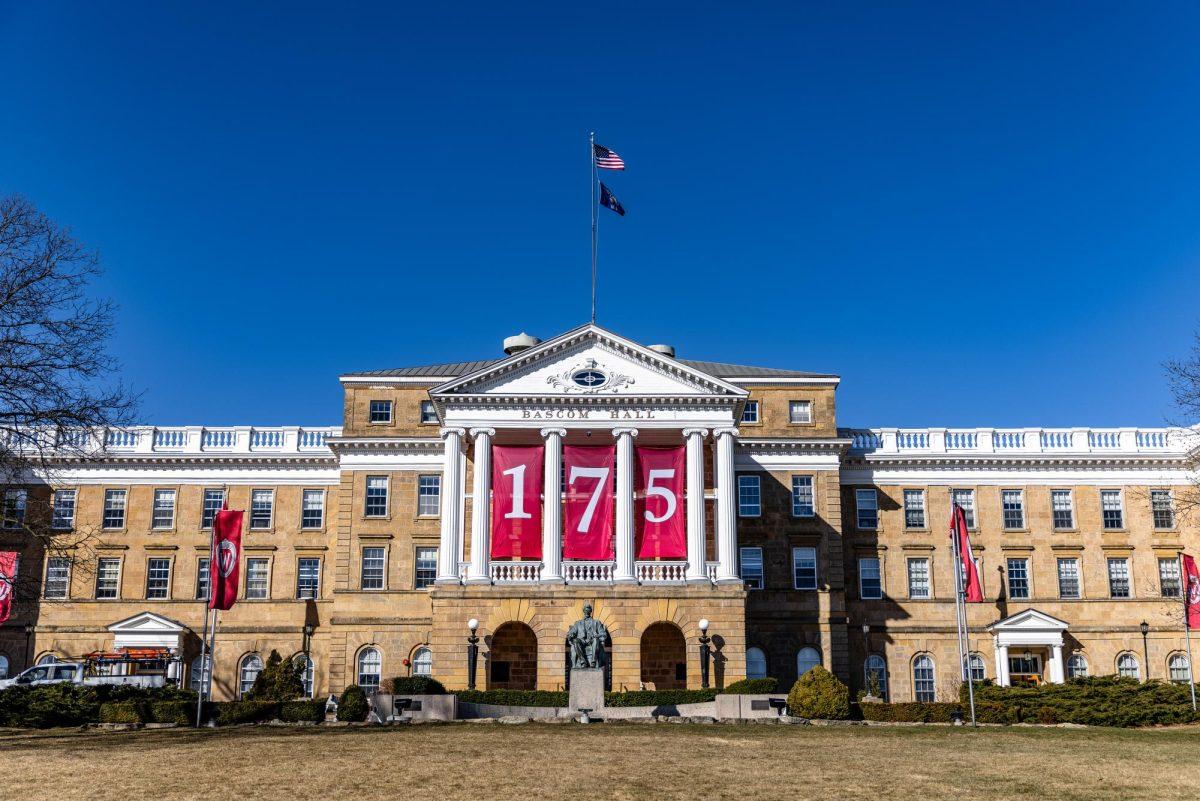“I can’t deny it. I don’t like children,” says Kansas State University’s relationship columnist and graduate student Valeri Crenshaw. “I would rather have a dog. Think of the problems that we could solve if more people owned dogs and fewer people had children.”
Ever since the Women’s Liberation Movement of the late ’60s and early ’70s, females nationwide have been making dramatic changes to their values, goals and ideals. Women today are free to choose any career they want, there is less of a stigma on single moms, women are encouraged to reach just as high as their male counterparts and there is talk of someday electing a female president.
Women are so independent and self-sufficient, in fact, that many of them are deciding to forget the whole get-married-and-have-2.5-kids thing completely.
Crenshaw is among 26.7 million women nationwide aged 15 to 44 who are childless, which is a record number, according to Census Bureau data from a June 2002 survey. They represent nearly 44 percent of women in that age group.
The number of women aged 15 to 44 forgoing or putting off motherhood has grown nearly 10 percent since 1990, when roughly 24.3 million were in that group. Direct comparisons before 1990 are not possible because the bureau did not track women younger than 18 until then.
The latest numbers reflect the well-established trend of more women going to college and entering the work force, then delaying motherhood or deciding not to have children. More also are choosing adoption, said Martha Farnsworth Riche, a demographer and former head of the Census Bureau.
For University of Wisconsin junior Dana Piorunski, the choice is simple.
“I don’t want to have kids. Kids suck,” she said. “I just have too many things I want to do, and I don’t want to have that much responsibility holding me back. Kids are a lot of work and a lot of time, and I just don’t want to deal with that.”
According to Dr. Andrew Hacker, American social scientist, author and political science professor at Queens College in New York, many women are remaining childless simply because they will not “settle.” In Hacker’s best-selling book “Mismatch,” the author dissects the growing differences between men and women and possible reasons for this ever-increasing divide.
Changes such as more women deciding not to have children, more women focusing on careers and lowered marriage rates are all direct results of women’s heightened standards. Women, who always wanted more, but previously were prepared to settle for “a good provider,” are leading these changes, Hacker argues. Now that they can provide for themselves, they look for relationships between independent equals.
But there’s a problem with this, according to Hacker: Most men are not prepared to give women what they want.
“The reality is that most [men] still hope for a measure of deference that women are no longer willing to give,” the author said.
For UW senior Jamie Hornik, the traditional values are perfectly fine.
“I’m getting married this summer, and I know that I want to have kids pretty soon,” she said.
Hornick, who is currently 21, said she feels having children is one of her life goals.
“I want to be a young parent. I mean, if I’m getting married at 22, then I’m not going to wait until I’m 30 to have kids,” she said. “Besides, having children is one of my major goals in life, and no one wants to put off their goals.”
According to the Census Bureau, the percentage of women aged 40 to 44 — those at the end of their childbearing years — who have not given birth has hovered around 18 percent since 1994, but that’s up from 10 percent in 1976. The report also showed a birth rate of 61 births per 1,000 women aged 15 to 44 in 2002, down from 67 per 1,000 in 1990. During the same period, it also found the birth rate for women aged 15 to 19 rose from 40 per 1,000 to 56 per 1,000.
However, that is far different from National Center for Health Statistics data, which in 2001 showed the birth rate for 15- to 19-year-olds at 45 per 1,000, declining steadily since 1990 from 60 per 1,000.
Government researchers, academics and an advocacy group called the National Campaign to Prevent Teen Pregnancy said they consider NCHS birth data more accurate because it is based on official vital records from hospitals.
The census report was based on a survey of 50,000 homes.











